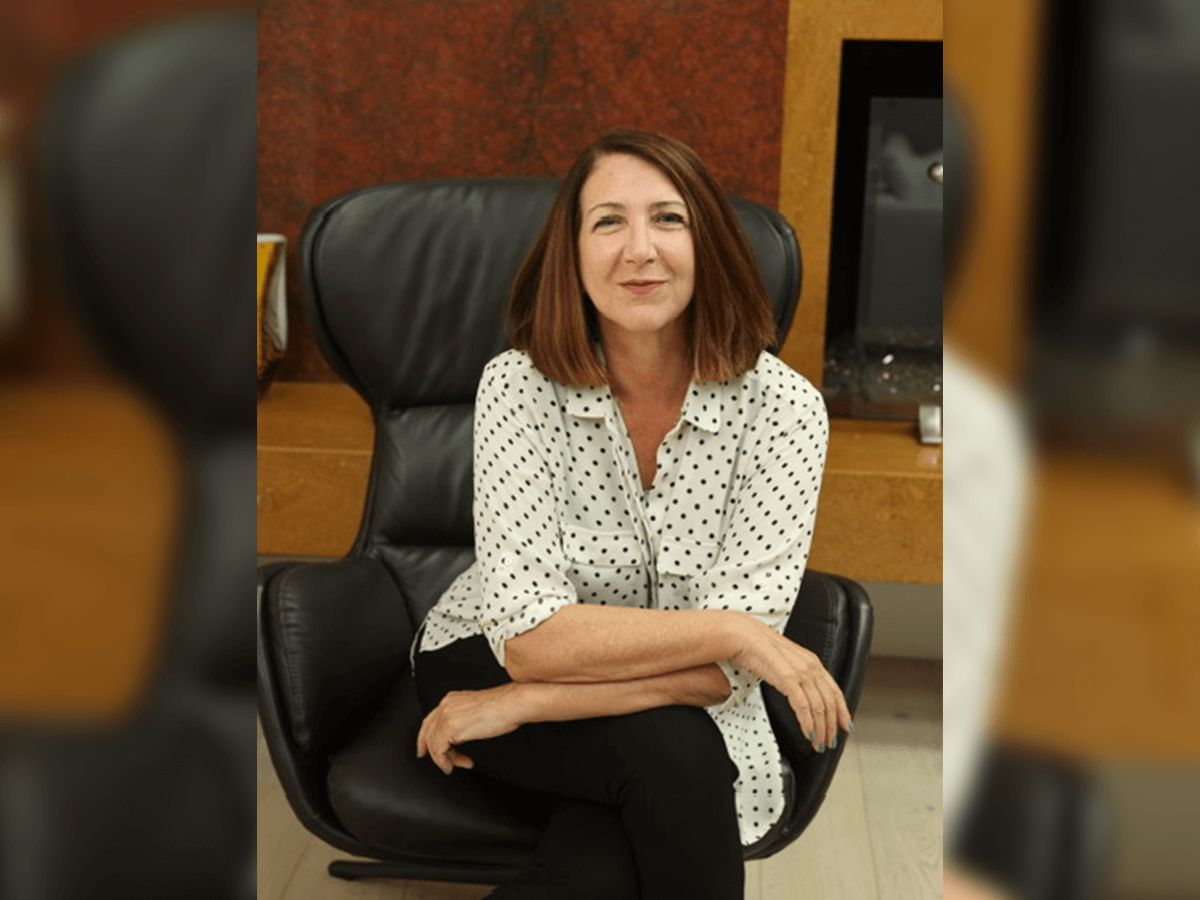Key Equipment for Recording Your Voiceover Projects at Home
Last time, we discussed sound treatment and building out your home studio. This time, we’ll be taking a look at what you’ll need to put in your new studio to record.
If you’re starting your voice acting career and have your home recording studio all set, you can look into filling it with the voiceover gear you’ll use to record. These items include your microphone and cables, interface, laptop and the recording software or Digital Audio Workstation (DAW) you’ll be using.
That said, there are some nuances to these items that aren’t always clear to new voice actors.
To help save you time and money, here’s a quick rundown of the equipment you’ll need, as well as some helpful insights about each piece of gear.
Laptops for Voiceover
As mentioned in our article on building a home voiceover studio, your goal is to eliminate as much noise as possible from your recording. When choosing a laptop to record your voiceovers, aim for a fanless model (the MacBook Air is a safe choice).
Here’s why a fanless laptop is the way to go: The area you’re going to record in will probably get hot, especially if your booth is a modified walk-in closet. Your laptop will heat up due to the amount of processing power, causing the fan to kick in. The noise from the fan will then find its way into your recording, making it unusable for your clients.
If the laptop you’re using already has a fan and you can’t switch to a fanless laptop, see if you can turn the fan off when you’re recording.
VO Mic Check
When looking into microphones for voiceover, make sure your microphone of choice is using an XLR input. Many new and aspiring voice actors assume they can use USB microphones for voiceover work to save money. Unfortunately, the direct USB connection signal will mess with your recording quality and you won’t book jobs.
The microphone you need depends on your space and budget. The best microphones for voiceover are high-directionality or condenser microphones because they’re designed to capture the sound in front of them, bringing out more life from vocals.
The best microphones on the market are the Neumann TLM100 series condenser microphones (the TLM 103 is a big favorite in voiceover circles) and the Sennheiser MKH-416 shotgun microphone (also a favorite). However, these are expensive and are not necessary to compete with other working voice actors. There are plenty of budget options that can handle the job just fine, such as the RØDE NT1 or the Synco D2.
As for XLR cables, any brand will work. Many voice actors swear by their Mogami Gold or Mogami Platinum cables, but you don’t have to spend $50-$100 or more on a cable to have a great recording. You’re better off investing the cash in other pieces of equipment when you’re on a limited budget.
Voiceover Interfaces
Your interface is a bit more simplified than your microphone. This is the device you’ll be plugging your microphone into for your voiceover recordings. Just make sure it has 48V phantom power and it should be OK. Like microphones, there are top-of-the-line options such as the Universal Audio Apollo Twin series, but something more modestly priced, like the Focusrite Scarlett or the SSL2, will work on a budget.
Recording Software for Voice Actors
This is the tool that you’ll be recording with on your laptop, as well as editing said recordings, and the Digital Audio Workstation (DAW) selection process is simpler than your interface. You can choose to pay monthly subscriptions for DAWs, such as Adobe Audition, or buy them outright like Reaper, Logic Pro or TwistedWave. There are also free options available such as Audacity or GarageBand if you’re a Mac user.
Choose whichever one makes the most sense to you and learn it.
Testing Your Gear
Once you’ve got everything lined up, test your recording space! You want your studio noise floor to be at -60dB to pass the sniff test. The studio noise floor is the quietest level you can record at. Your noise floor is a total of all unwanted sounds on the recording that you can’t remove, such as hiss, hum etc.
When recording, test your levels so that your voice falls between the -18dB and -6dB range. Be sure to avoid clipping, where you exceed the maximum recording levels your program can handle (most DAWs will have a setting you can toggle on and off to avoid clipping).
Sound engineers can help you with any modifications you may need for your home studio, as well as helping you learn your DAW. Some can help you create presets in your DAW so that you can set it, forget it and hit record without any concerns for your sound.
When it comes to grabbing your voiceover gear, the essential items you’ll need are your microphone, XLR cable, recording interface and DAW. There are subtle things to know about each piece of equipment, as well as budgets to keep in mind, but knowing is half the battle. Once you’ve got an understanding of what you need for your situation, getting the right gear is easy!
When you’re ready to record, be sure to test your gear to ensure your home studio sounds professional. If anything seems off, ask a sound engineer for help.
Voice acting casting calls and auditions are added to Casting Networks daily. Get in your booth and start auditioning today!
You may also like:
- Remember, Acting is a Job, Part 2: Theatre, Not Therapy
- What’s Casting: Vogue Commercial with Major Auto Brand, Goose Creek Candle, badboyboards
- Legendary Casting Director John Papsidera Talks ‘Lessons in Chemistry’ and More
Chris Butera is a voice actor specializing in commercial, eLearning and corporate narration reads. When he’s not helping clients achieve their goals, he's playing guitar and bass.




